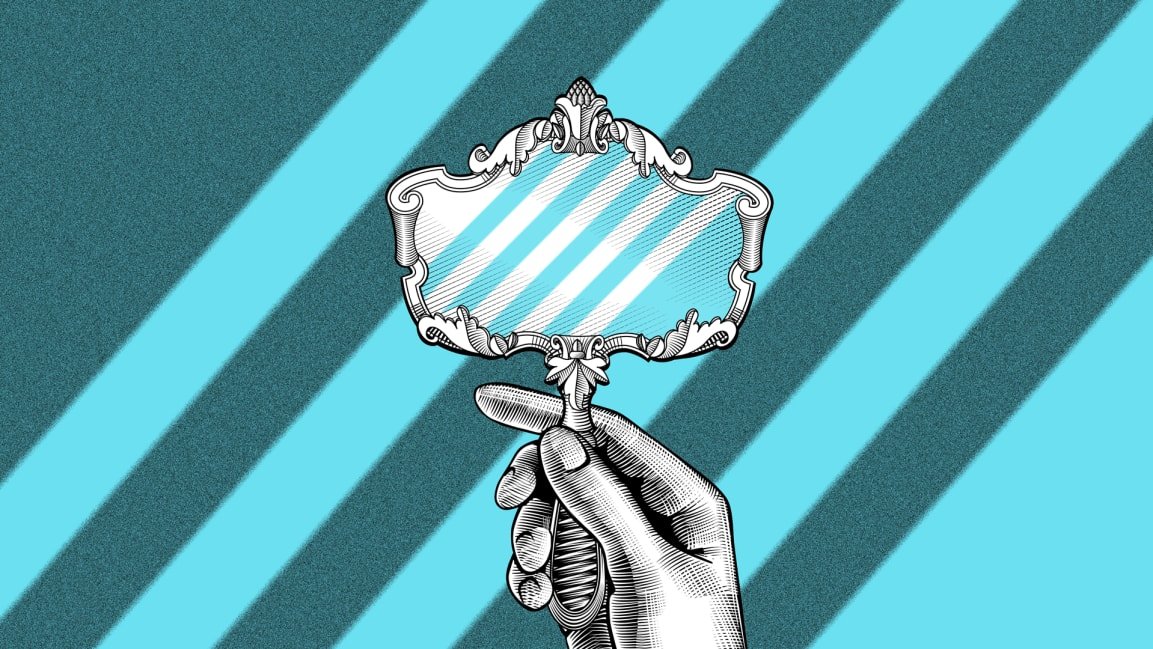How to support a coworker experiencing bias and prejudice
A big part of why I wrote this book is to recognize and express gratitude for the essential role of people who stand up for their coworkers. For every bad experience I’ve had as a woman in the workplace, I’ve had multiple good experiences with people who were there to help me navigate these moments and support me afterward. I am so grateful to these friends, colleagues, employees, bosses, and even strangers. They are upstanders, and they far outnumber the people who cause harm. Upstanders fuel my optimism that we can solve the problem of workplace injustice.
Upstanders are essential to a culture of, what I call, “Just Work.” Not only do they help the targets of workplace injustice feel less alone and less gaslighted; they also provide clear feedback to the person who caused harm in a way that minimizes defensiveness and maximizes the odds that the offender will make amends: Everyone feels better about the workplace as a result. Upstanders also show other potential upstanders how to make things a little bit more fair. They demonstrate that standing up for justice can be done without as much risk as many fear.
USE AN “I” STATEMENT TO HOLD A MIRROR UP TO BIAS
An upstander’s job is to hold up a mirror, inviting others to notice what the upstander notices. Something as simple and direct as “I think what you said sounds biased” can be surprisingly effective. Upstanders can use “I” statements that invite the other person to understand the situation from their perspective without attacking them.
When you’re offering critical feedback on any topic, but especially one as sensitive as bias, it’s not effective to attack someone’s personality, morality, or character, or to imply disgust. If you say or even imply something like “You’re a sexist/racist/homophobic turd ball,” it may feel warranted and cathartic, but it’s not likely to motivate a person to examine their thinking. Can you imagine anyone who would respond sincerely, “Oh, thanks so much for letting me know. Now that I understand that I am a turd ball, I will change my ways”?
Though many fear that confronting bias will harm their relationship with the person they’re confronting, there are simple and productive approaches you can take that will improve your working relationships—and your team’s culture. This is not about giving in to someone’s idea of PC orthodoxy. Effectively standing up to bias when you notice it will help you and your team work better together to achieve your goals. When one person’s bias harms another person on the team, it’s hard to get sh*t done together.
USE AN “IT” STATEMENT TO STAND UP TO PREJUDICE
What do you say when people consciously believe that the stereotypes they are spouting off about are true—when you are confronting active prejudice rather than unconscious bias? It’s hard to respond to bias, but it’s much harder to respond when people believe that someone’s gender, race, religion, sexual orientation, gender identity, socioeconomic background, or any other personal attribute makes them incapable or inferior in some way.
If you’re like me, you’re probably less optimistic that a confrontation will result in change when it’s prejudice rather than bias that you’re dealing with. People won’t apologize for their prejudiced beliefs just because you point them out; they know what they think. So why bother discussing it?
The reason to confront prejudice is to draw a bright line between that person’s right to believe whatever they want and your right not to have that belief imposed upon you.
Using an “It” statement is an effective way to demarcate this boundary. One type of “It” statement appeals to human decency: “It is disrespectful/cruel/etcetera to . . .” For example, “it is ridiculous not to hire the most qualified candidate because of their hair.” Another references the policies or a code of conduct at your company: For example, “it is a violation of our company policy to refuse to hire a qualified candidate because of their hair.” The third invokes the law: For example, “it is illegal to refuse to hire someone because of their hair.”
USE A “YOU” STATEMENT TO STAND UP TO BULLYING
On a practical level, upstanders are in the best position to intervene because the nature of bullying is to isolate the target and separate the individual from the pack. The minute an upstander stands up to bullies, they know that they’re facing two people, not one. Sometimes it may be your fear of the person doing the bullying that gets in your way; other times, you may wonder if it’s appropriate to insert yourself into this situation. Might it be seen as patronizing to act on behalf of the bullied?
When you see something that seems wrong, you have several options for how to respond.
Hollaback!, a nonprofit that develops training for upstanders, offers an effective “5D” approach to be aware of the different things you can do to shine a spotlight on bullying. The organization recommends five possible steps: direct, distract, delegate, delay, document.
So, if you’re not sure what to do, run through each of the five Ds in your head. And if you’re still unsure which approach to go with, tell yourself to choose something.
JUST SAY SOMETHING
When we witness injustice it is our obligation to proactively find a way to support people harmed. Being a passive bystander who simply watches harm being done, perhaps feeling bad about it but not doing anything about it, is bad for everyone.
Further, when we notice injustice, whether it’s small or large, we have a responsibility to take action. And we have an obligation to notice it: Being unaware does not give us absolution. Admittedly, we can’t always solve the problem. But we can always show solidarity with the person who is being harmed, and that acknowledgment—that “something is wrong here”—is invaluable.


